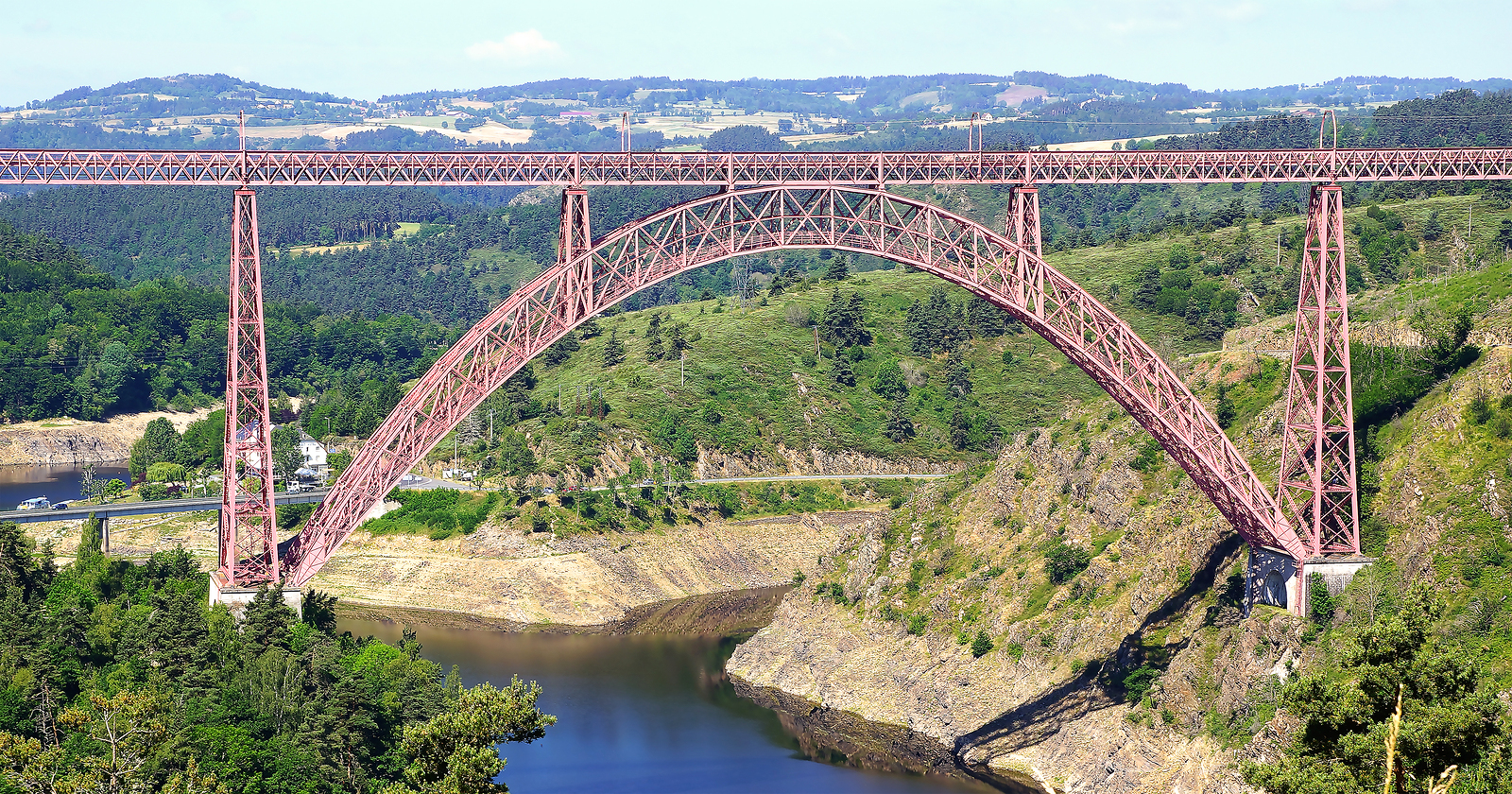On March 31, 1889, Gustave Eiffel, an architect and civil engineer, presided over dedication ceremonies for the 984-foot Paris tower that bears his name. See how much you know about one of the world's most recognizable landmarks by trying your luck with these trivia questions we've put together to mark the anniversary of this historic event.
Why Was the Tower Built?
Brilliantly illuminated, the Eiffel Tower dominates the nighttime skyline of Paris.
The tower was designed to be a spectacular architectural centerpiece for the 1889 Exposition Universelle, which was held in Paris from May 6 through October 31, 1889, and coincided with the 100th anniversary of the beginning of the French Revolution. Built over a period of two years, two months, and five days, the tower was a marvel of late-19th-century engineering and construction and was to represent the exposition's theme of "Utopia Achieved." Well in advance of the exposition, the French government held a design competition to select a monument to built on the city's Champ-de-Mars. From the more than 100 designs submitted, Eiffel's design for an open-lattice, wrought-iron tower was selected.
Which Critical Tower Feature Wasn't Ready on Opening Day?

Not yet completed for the dedication ceremony of Eiffel's imposing tower were its elevators, designed to quickly carry visitors from ground level to the tower's observation level nearly 1,000 feet above the Paris streets. Because the elevators were unavailable, Eiffel had no other option but to climb the tower's 1,710 steps to plant the French flag at the top of the tower. Accompanying Eiffel on this very strenuous exercise were a handful of reporters as well as some members of the Paris City Council. Down below, less hardy members of the city council, some 200 of the project's workers, and other dignitaries conducted another ceremony, one that was marked by a 21-gun salute.

Also designed by Gustave Eiffel, the Garabit Viaduct carries railway traffic across the Truyere River in central France.
What Saved the Tower from Scheduled Demolition?As originally conceived, the exposition's soaring centerpiece was designed to remain in place for 20 years, after which it was to be torn down. In the years after its opening, antennas for wireless transmissions were placed atop the tower, eventually bringing its overall height to 1,063 feet and in the end providing a strong argument for preserving the tower. To help spare the tower from demolition, Eiffel actively encouraged scientific experiments that capitalized on the towering structure's height.
What U.S. Skyscraper Succeeded the Tower as the World's Tallest?For just over 40 years, the Eiffel Tower held the title of world's tallest structure. However, in 1930, the opening of the 1,050-foot Chrysler Building in midtown Manhattan succeeded the tower as the world's tallest. In the years since, a number of taller structures have been constructed, dwarfing both the Eiffel Tower and Chrysler Building. The current titleholder, Burj Khalifa, towers 2,722 feet above the streets of Dubai in the United Arab Emirates.
How Much Does It Cost to Paint the Tower?Every seven years, a painting crew refreshes the appearance of the Eiffel Tower with a fresh coat of paint that covers "every crevice, nut, bolt, and beam," according to USAToday.com. In 2009, a 25-man painting crew -- almost all of them foreigners -- slapped on a new coat of "Eiffel Tower brown," the patented paint that for years has accounted for the tower's signature look. The 2009 paint job had a price tag of about 4 million euros ($5.29 million at 2009 exchange rates).


THIS DAY IN HISTORY Lead Story
31 MARCH 1889Eiffel Tower opens
In 1889, to honor of the centenary of the French Revolution, the French government planned an international exposition and announced a design competition for a monument to be built on the Champ-de-Mars in central Paris. Out of more than 100 designs submitted, the Centennial Committee chose Eiffel’s plan of an open-lattice wrought-iron tower that would reach almost 1,000 feet above Paris and be the world’s tallest man-made structure. Eiffel, a noted bridge builder, was a master of metal construction and designed the framework of the Statue of Liberty that had recently been erected in New York Harbor.
Eiffel’s tower was greeted with skepticism from critics who argued that it would be structurally unsound, and indignation from others who thought it would be an eyesore in the heart of Paris. Unperturbed, Eiffel completed his great tower under budget in just two years. Only one worker lost his life during construction, which at the time was a remarkably low casualty number for a project of that magnitude. The light, airy structure was by all accounts a technological wonder and within a few decades came to be regarded as an architectural masterpiece.
The Eiffel Tower is 984 feet tall and consists of an iron framework supported on four masonry piers, from which rise four columns that unite to form a single vertical tower. Platforms, each with an observation deck, are at three levels. Elevators ascend the piers on a curve, and Eiffel contracted the Otis Elevator Company of the United States to design the tower’s famous glass-cage elevators.
The elevators were not completed by March 31, 1889, however, so Gustave Eiffel ascended the tower’s stairs with a few hardy companions and raised an enormous French tricolor on the structure’s flagpole. Fireworks were then set off from the second platform. Eiffel and his party descended, and the architect addressed the guests and about 200 workers. In early May, the Paris International Exposition opened, and the tower served as the entrance gateway to the giant fair.
The Eiffel Tower remained the world’s tallest man-made structure until the completion of the Chrysler Building in New York in 1930. Incredibly, the Eiffel Tower was almost demolished when the International Exposition’s 20-year lease on the land expired in 1909, but its value as an antenna for radio transmission saved it. It remains largely unchanged today and is one of the world’s premier tourist attractions.
---{-=@
HICKOK


No comments:
Post a Comment